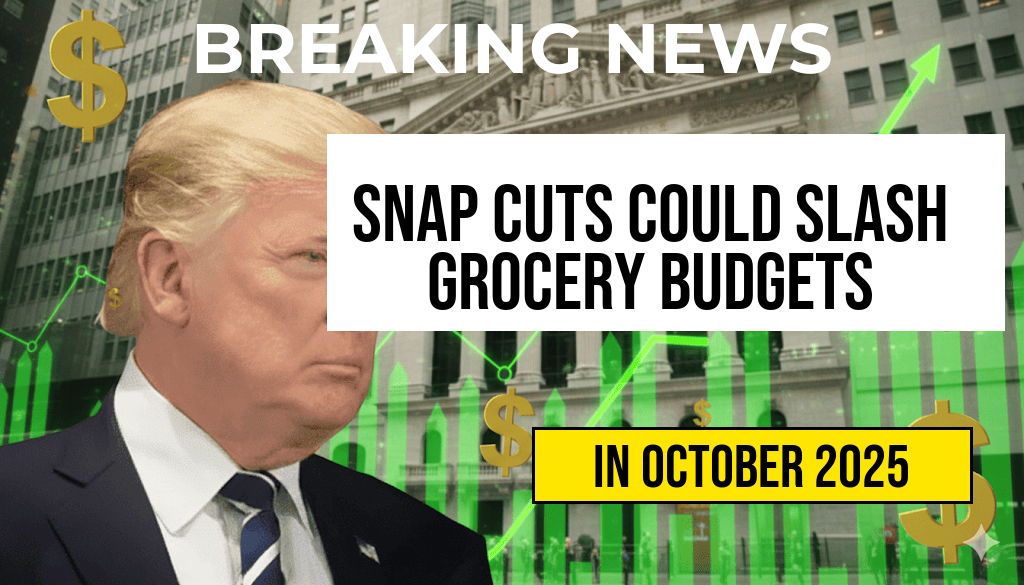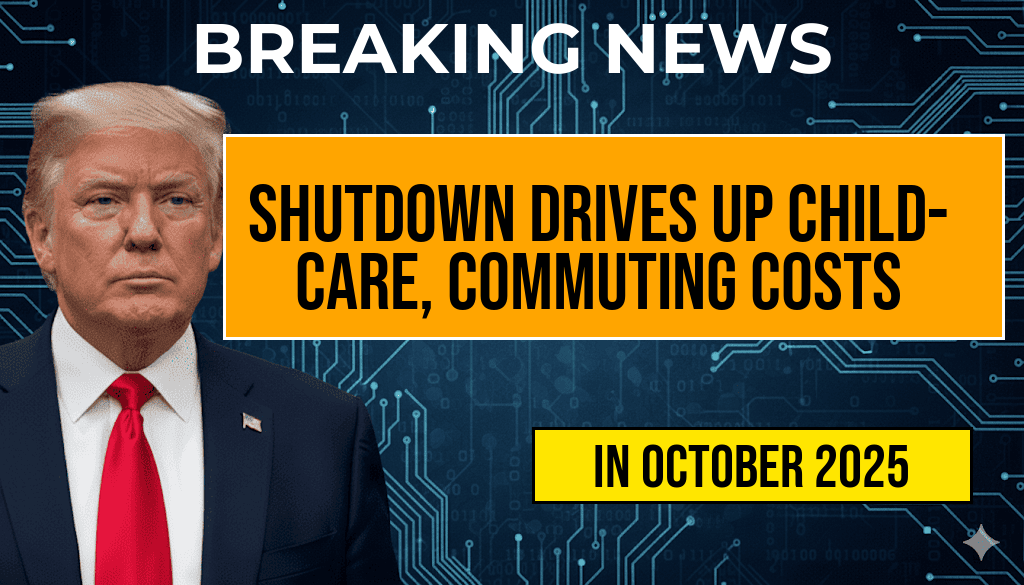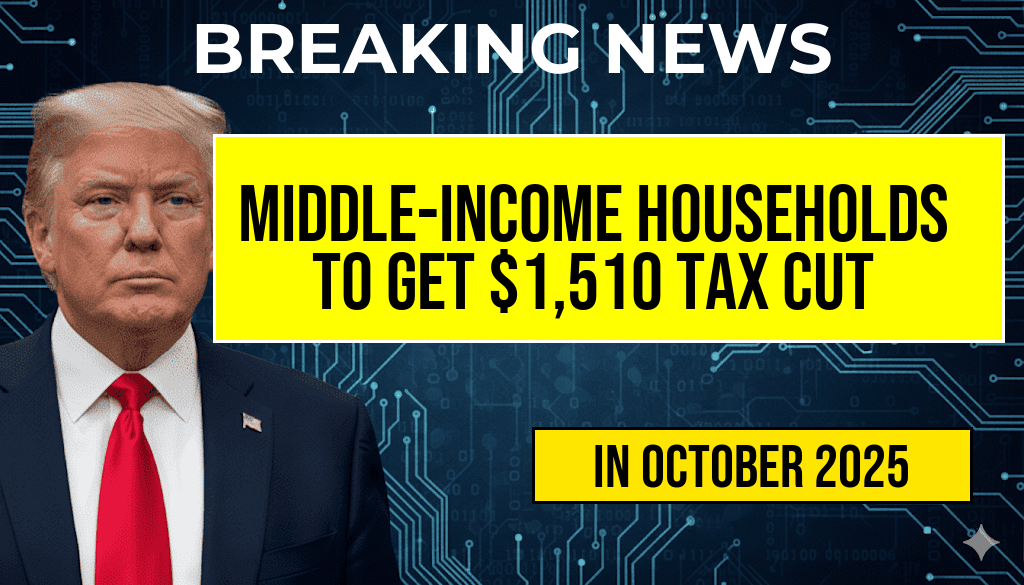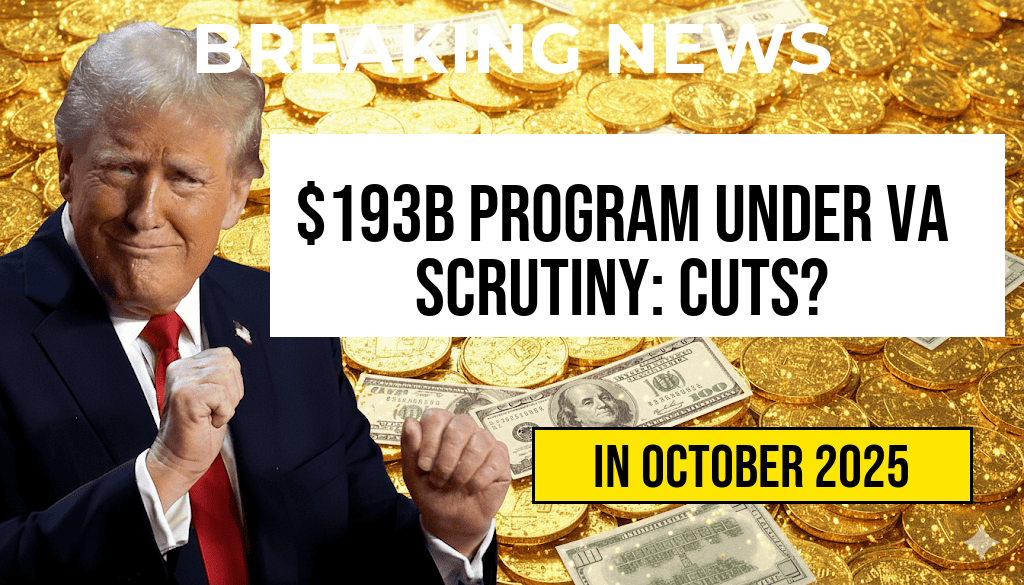Middle-income households in the United States are set to benefit from an average tax cut of $1,510 in the upcoming tax year, according to recent projections from the Treasury Department. This anticipated relief comes as part of a broader effort by the federal government to alleviate financial pressures on families amid rising living costs and inflation. The tax reform, which has garnered bipartisan support, aims to stimulate consumer spending and provide much-needed assistance to households that fall within the middle-income bracket. Economists believe that this tax cut will significantly impact disposable income, allowing families to invest more in their futures, whether through savings, education, or home purchases.
Details of the Tax Cut
The tax cut is designed to provide relief to families earning between $50,000 and $150,000 annually. The specifics of the cut are structured to ensure that households with children and other dependents receive the most substantial benefits. The tax reform includes adjustments to deductions and credits that have been historically beneficial to middle-income earners.
Impact on Families
- Increased Disposable Income: The additional funds from the tax cut can help families manage day-to-day expenses more comfortably.
- Support for Education: Many families may allocate extra money towards educational expenses, enhancing opportunities for their children.
- Home Purchases: Increased disposable income could lead to a boost in the housing market as families feel more secure in their financial situations.
Economic Context
The announcement comes at a time when many households are grappling with rising prices on essentials such as food, gas, and housing. The inflation rate has been a significant concern, leading to an increased cost of living that disproportionately affects middle-income families. Economists argue that targeted tax cuts can help offset these pressures and stimulate economic growth.
Government Response
Officials from the Treasury Department have emphasized that this tax cut is part of a broader strategy to address income inequality and support the middle class. The plan has received support from various sectors, including community organizations and business groups, who argue that strengthening the middle class is essential for a balanced economy.
Potential Challenges
While the tax cut is expected to provide relief, some experts caution that it may not be a panacea for all economic woes. Concerns have been raised regarding how the government will offset the revenue loss from these tax cuts and whether they will lead to increased deficits in the long term. Additionally, there is ongoing debate about whether this measure will effectively stimulate spending or if households will choose to save the extra funds instead.
Future Prospects
The effectiveness of the tax cut will be closely monitored in the coming months. Analysts will be looking for indicators of how households are responding to the relief and whether it translates into increased economic activity. As middle-income families adjust to the changes, policymakers will have to consider the long-term implications of such reforms.
| Income Bracket | Average Tax Cut | Estimated Households Affected |
|---|---|---|
| $50,000 – $75,000 | $1,200 | 10 million |
| $75,001 – $100,000 | $1,500 | 8 million |
| $100,001 – $150,000 | $1,800 | 7 million |
For more information about the ongoing economic policies and their implications, you can refer to resources such as Forbes or the Wikipedia page on Tax Reform in the United States.
Frequently Asked Questions
What is the average tax cut expected for middle-income households?
The average tax cut expected for middle-income households is $1,510.
Who qualifies as a middle-income household?
A middle-income household is typically defined as a family earning between certain income thresholds, which can vary by region and are often set by government guidelines.
When will these tax cuts take effect?
The tax cuts are expected to take effect in the upcoming tax year, but specific implementation dates may vary based on legislative actions.
How will the tax cuts impact the overall economy?
The expected tax cuts for middle-income households could potentially stimulate the economy by increasing disposable income, which may lead to higher consumer spending.
Are there any conditions attached to these tax cuts?
While the article does not specify conditions, tax cuts often come with eligibility criteria and may require households to meet certain financial or filing requirements.











